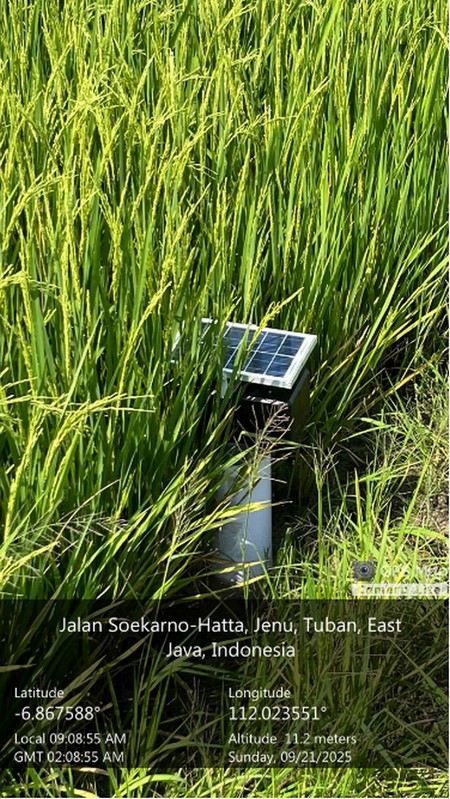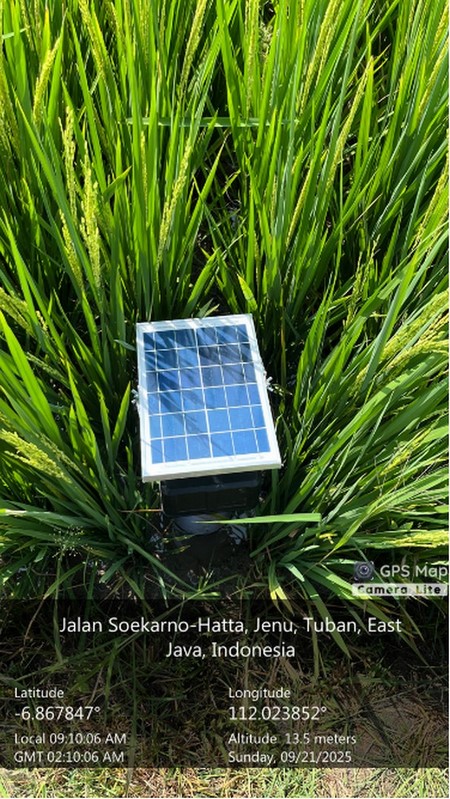
Carbon Smart Rice refers to rice cultivation practices designed to minimize carbon emissions and enhance carbon sequestration in agricultural systems. This concept typically incorporates several sustainable practices aimed at reducing the carbon footprint of rice farming while maintaining or improving productivity. Key features of Carbon Smart Rice may include:
The issues that drive our work
Rice cultivation lies at the center of some of the most urgent challenges of our time. It is both a contributor and a casualty of climate change, resource depletion, and rural inequality. Yet, rice farming also holds the key to powerful climate solutions.
Carbon Smart Rice collaborates with farmers, researchers, and industry partners to address these critical challenges—reducing emissions, improving soil health, and transforming rice production into a driver of sustainability. Together, we work to accelerate the transition toward low-carbon, climate-resilient, and equitable rice systems for the benefit of both people and the planet
Explore our projects
With collaborative partners and local farming communities, Carbon Smart Rice is driving transformation across multiple regions. Discover our on-the-ground projects that co-create practical, scalable solutions — from low-carbon cultivation and soil regeneration to digital monitoring systems — all designed to make rice farming more sustainable, resilient, and climate-smart.
AWD (Alternate Wetting and Drying) Smart IoT for Water Level Managementrefers to the integration of Internet of Things (IoT) technologies with the AWD irrigation method in rice cultivation. This approach aims to optimize water usage, improve crop yields, and reduce greenhouse gas emissions, particularly methane.


Our Clients
We are honored to work with organizations and communities that trustCarbon Smart Rice in advancing sustainable
and low-carbon agricultural practices
Climate-Smart Practices :
Implementing techniques that adapt to changing climate conditions while reducing greenhouse gas emissions. This might include the use of alternate wetting and drying (AWD) irrigation methods to minimize methane emissions
Soil Health Improvement :
Utilizing soil amendments, organic fertilizers, and cover cropping to enhance soil fertility and structure, which can increase carbon capture in the soil.
Technology Integration
Utilizing IoT (Internet of Things) devices for precision agriculture, which helps in monitoring field conditions and optimizing resource use, thereby enhancing efficiency and sustainability.
Low Input Agriculture
Reducing the use of synthetic fertilizers and pesticides by employing organic farming methods and integrated pest management, thus lowering carbon emissions associated with the production and transportation of these inputs
Carbon Markets
Engaging in carbon credit markets where farmers can earn credits for practices that reduce emissions or sequester carbon, creating a financial incentive for adopting sustainable practices.

Transforming Rice Farming for a Sustainable Future
Rice has been the lifeblood of global agriculture for centuries, […]

How Carbon Smart Rice Redefines Sustainability
Sustainability in agriculture has often been viewed as a balance […]

Carbon Smart Rice: From Paddy Fields to Carbon Fields
Rice farming has long been a cornerstone of global food […]
Be part of the change
Grow smart, reduce carbon, and build a sustainable future with Carbon Smart Rice




















